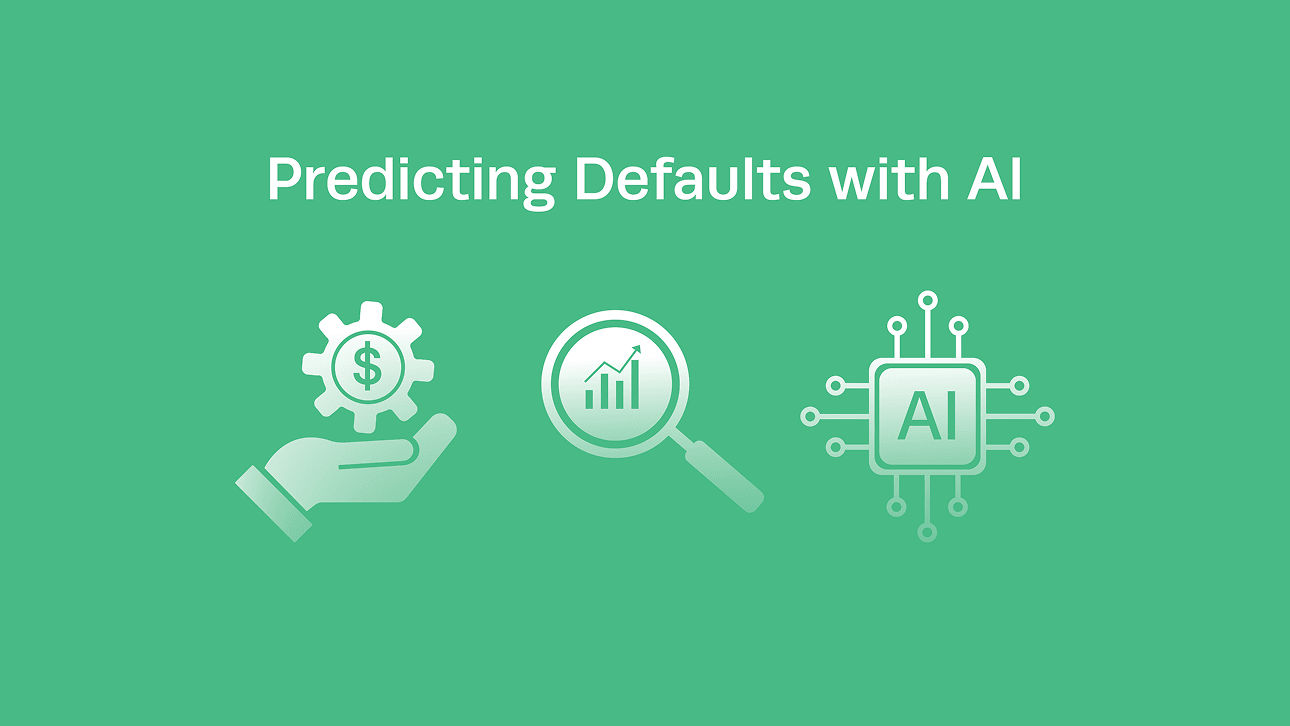Lenders today live in a world of accelerating uncertainty. Economic shifts, changing consumer behaviour, and non-traditional risk signals mean that relying only on credit scores and past payment history is no longer enough. Defaults often sneak in before the warning signs become obvious. What if lenders could see those signs early, and act? That’s where AI steps in.
Why Traditional Risk Models Lag
Classical credit risk tools (credit bureau scores, FICO, etc.) work, but they’re reactive. They detect defaults after risk has already materialized. Meanwhile:
- Borrowers may begin missing small payments on utilities or subscriptions before they slip on loan payments, but these aren’t in standard scorecards.
- Behavioural shifts (changes in income deposits, unusual spending, velocity of transactions) often go unnoticed until it’s too late.
Studies confirm this: Machine learning models, which include complex nonlinear relationships and feature engineering, are outperforming traditional statistical methods when predicting defaults. In one recent study, Gradient Boosting methods achieved high accuracy (≈ 0.89) and ROC-AUC scores above 0.97, significantly improving early detection of default risk. (MDPI)
How AI Can Predict Defaults Before They Hit
AI models do more than just score credit risk. They build predictive profiles by analyzing both structured and unstructured data, repayment history, demographic data, transaction behaviour, and more. These models are trained to recognize patterns that signal upcoming distress.
Key tools/techniques include:
- Feature engineering: deriving powerful predictors such as frequency of missed payments, changes in income streams, or abrupt shifts in spending behaviour.
- Handling imbalanced data: Because defaults are relatively rare, special techniques like oversampling (SMOTE), weighting, or cost-sensitive learning help models avoid bias.
- Machine learning algorithms: Random Forests, Gradient Boosting, XGBoost etc. provide strong predictive power. In the same study above, Gradient Boosting achieved an F1-score of ~0.81 in identifying defaulters. (MDPI)
From Data to Decision: An Example
To illustrate: A mid-sized lender notices an increase in late-paid bills among a subset of its borrowers. Using AI, they build a model that tracks:
- Variance in income deposit dates
- Rise in overdraft fees
- Frequency of minimum credit card payments
The model signals a rising default risk among this group. The lender then offers mild interventions (soft reminders, adjusted repayment schedules).
How Bay6.ai Helps Lenders Predict, Prevent, and Perform
Bay6.ai’s Model6 is built for exactly this future-looking, preventive approach. Key advantages:
- Trained on multiple behavioural and transactional data sources, not just static credit scores.
- Designed to surface early risk across a portfolio, before defaults happen, allowing lenders to act (e.g. change terms, offer support, or adjust underwriting).
- Integrated with compliance and governance tools so models are explainable and auditable (important in many jurisdictions).
With Model6, lenders are not just catching defaults, they’re stopping them from impacting profitability in the first place.
Building Trust & Responsible AI
Predicting default isn’t just about accuracy, it’s also about explainability, fairness, and continuous monitoring. Model6 emphasizes:
- Transparent feature usage so models don’t discriminate.
- Regular retraining/pipeline governance to adjust to changing economic conditions.
- Secure, compliant data handling, as required by regulations (e.g., privacy, audit trails).
Conclusion
Defaults don’t have to be a surprise. They can be signals, signals that AI is uniquely positioned to catch. For lenders willing to embrace AI, the opportunity is clear: reduce losses, improve underwriting, build stronger relationships, and stay ahead of risk.
Bay6.ai’s Model6 provides not just predictive accuracy, but a framework for actionable, trusted AI in lending. For institutions ready to move beyond reactive risk management toward proactive risk prevention, the future is predictable, and profitable.
Book a demo with Bay6.ai today to see how Model6 can help you predict defaults before they happen.
Talk to us. Let’s build what moves the needle.
Book a Demo


